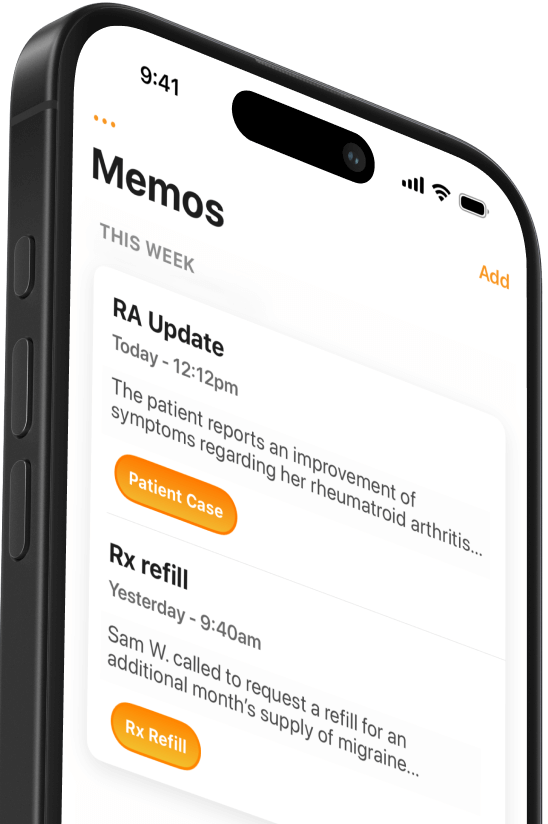3 ways smartphones are changing the provider’s office
In healthcare, smartphones have transformed provider offices into hubs of efficiency, with staff accessing research, securely communicating, and capturing clinical images.


Popular articles
More than 90 percent of healthcare workers own a smartphone for personal use, according to a 2016 survey, and whether supplied by their employer or ‘BYOD’, most healthcare employees are using their device at work.
Smartphones serve all sorts of functions in a provider’s office - paperless data entry, easy access to medical information, communication with colleagues, and capturing images to add to a patient’s chart. Together, these functions can improve communication, efficiency, and care.
Here are three of the top ways smartphones are changing the provider’s office.
- Research - Perhaps the biggest impact of smartphones in healthcare offices has been the ability to easily access information at the point of care. Whether looking up drug information or doing medical research, studies show that smartphones have become a major clinical reference tool. Instant access to drug, disease, and treatment information can reduce misdiagnosis and speed up prescriptions.
- Communication - Using smartphones to communicate with colleagues at work is a natural extension of their use in everyday life. While this began (and continues) with mainstream texting platforms like iMessage and WhatsApp, healthcare IT departments are rushing to move communication to secure, HIPAA-compliant platforms designed specifically for healthcare. Smartphones make communication between medical teams faster and easier, improving workflow and saving time. A 2015 survey of nurses found that 69 percent use a smartphone to stay in touch with colleagues in their hospital.
- Imaging - As with texting, the multimedia capabilities of smartphones are changing the provider’s office. Anecdotal evidence suggests that many healthcare employees use smartphones to capture and share medical images. For example, a radiographer might snap a photo of wound and text it to a doctor to see what kind of antibiotic they want. As hospitals and clinics realize the obvious benefit of this technology for efficiency and record keeping, providers are investing in smart and secure imaging apps that allow smartphones to communicate directly with MRIs, X-Rays, and patient charts.
These changes in the provider’s office are having a real impact on the patient experience. Wherever smartphones create efficiency, more time can be spent with patients. According to a 2015 poll from Research Now, 85 percent of patients say that information management technology makes their hospital visits more efficient. Of the 2,053 adults surveyed, 90 percent said they support hospitals spending more money on technology to allow workers to spend more time with patients.
Related Articles


We Get Doctors Home on Time.
Contact us
We proudly offer enterprise-ready solutions for large clinical practices and hospitals.
Whether you’re looking for a universal dictation platform or want to improve the documentation efficiency of your workforce, we’re here to help.


